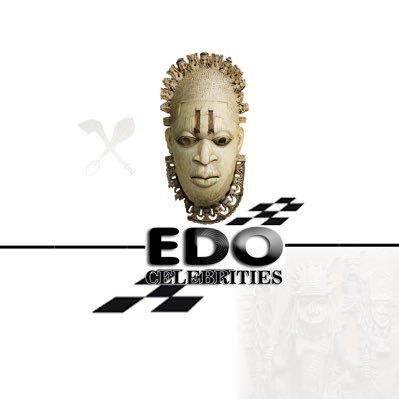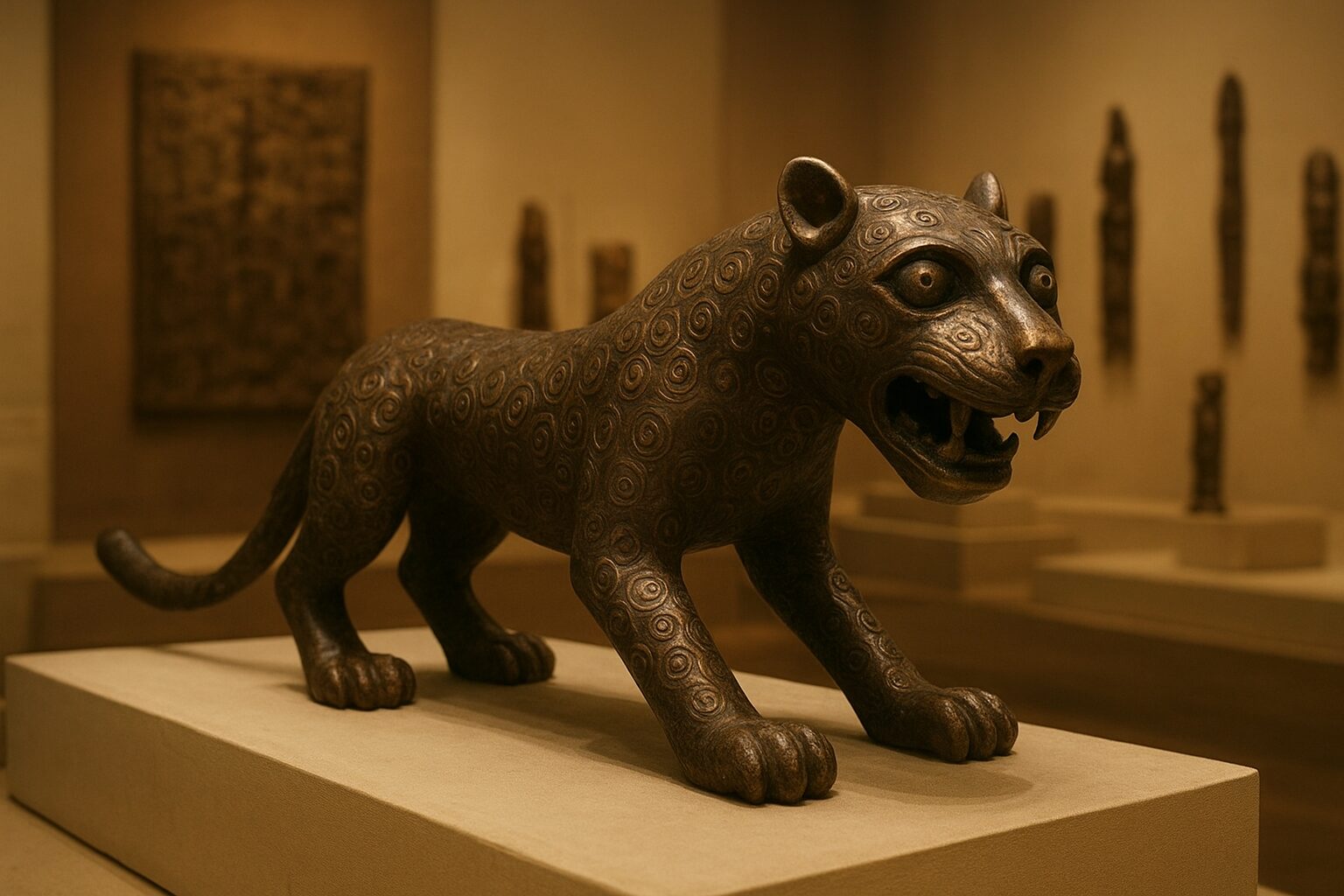Centuries before Europe began its industrial revolution, the ancient Benin Kingdom in present-day Edo State had already perfected a metal-casting tradition so advanced that modern historians still struggle to explain its precision.
Today, these masterpieces — known globally as the Benin Bronzes — stand as a testament to African creativity, innovation, and spiritual depth. From royal palaces to the world’s greatest museums, Benin’s legacy remains unshaken, immortalized in bronze, ivory, and wood.
⚒️ The Birthplace of Genius — Igun Street
At the heart of Benin City lies Igun Street, home to the Guild of Bronze Casters — a royal lineage of artisans whose skills were passed down from father to son for over 900 years.
Using the ancient lost-wax casting technique, these artists created bronze heads, plaques, leopards, and royal figures that documented the empire’s political, spiritual, and cultural evolution.
Every hammer strike told a story; every bronze head immortalized an Oba (king); and every motif reflected a divine connection between humans, ancestors, and gods.
Today, Igun Street is a UNESCO-recognized world heritage site — a living museum where visitors can still witness the ancestral fire of Edo craftsmanship.
👑 The Royal Symbolism Behind Every Piece
Benin bronzes weren’t just decorative objects; they were sacred symbols of kingship and authority.
-
Leopards represented royal power and courage.
-
Ivory masks honored Queen Mothers (Iyoba) for their wisdom and protection.
-
Bronze plaques told stories of warriors, court life, and diplomatic encounters.
Each work of art was a spiritual archive — a visual diary of the kingdom’s soul.
🌍 From Benin to the World — and the Pain of Plunder
In 1897, the British invasion of Benin led to one of the darkest moments in African history. Thousands of bronzes and ivory carvings were looted from the royal palace and auctioned across Europe.
Today, many of these treasures reside in the British Museum, Berlin’s Ethnological Museum, and Musée du quai Branly in Paris.
But despite their displacement, they continue to proclaim the genius of the Edo people — a civilization whose artistic brilliance outshone even the so-called “civilized” world that looted it.
✨ Why Benin Art Still Shapes Modern Creativity
From global artists like El Anatsui to fashion designers inspired by Edo coral regalia, Benin’s influence echoes across time.
Modern sculptors still study Benin bronzes for their realism, anatomical precision, and symbolic depth. Even digital artists and NFT creators now reinterpret Edo motifs to connect ancient identity with futuristic expression.
Benin’s legacy proves that art outlives empires, and culture is the truest form of immortality.
🔥 A City That Never Lost Its Fire
Benin City remains a hub of cultural rebirth. New museums, art studios, and youth collectives are emerging to celebrate the Edo story on global stages.
With ongoing talks of artifact restitution, the world is finally recognizing that these bronzes belong not just to history — but to the people whose spirit still burns in every cast, carving, and melody.
💫 The Eternal Legacy of Edo Art
What began as royal devotion has become a symbol of Africa’s artistic soul. The City of Bronze continues to inspire — not because of its past, but because of its unbroken link between heritage and modernity.
As the saying goes in Benin:
“Agho gha re gha ye — The hand that creates never dies.”


Leave a Reply